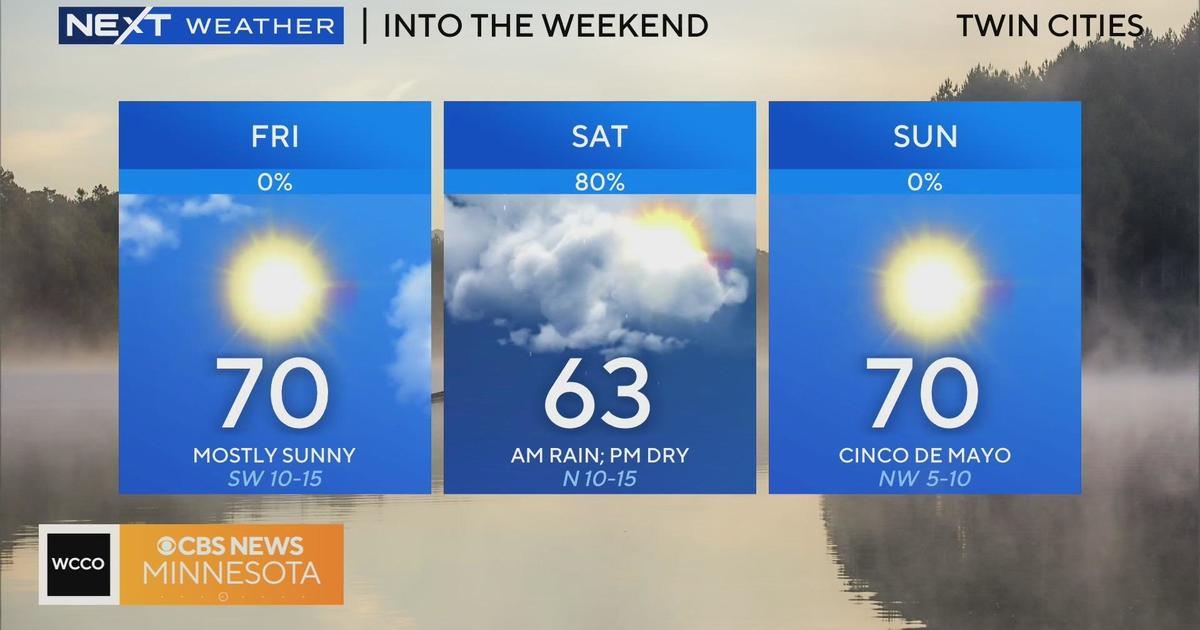What is a "sun dog?" And how do they form?
MINNEAPOLIS — As brutal as the temperatures have been the last few days across Minnesota and Wisconsin, there is a bright side to the biting cold.
During an Arctic blast, the sun shines a little differently, putting on a show for anyone brave enough to enter the elements.
"Really cold air is really dry air, so that means it's easy to see through. There's no haze out there. But also, what little moisture there is in the air is all in the form of tiny ice crystals," said NEXT Weather Meteorologist Mike Augustyniak.
MORE: Minnesota wetlands are expanding, thanks to restoration efforts
That light bounces off the ice crystals creating several photogenic phenomenon like sun dogs — little colorful bursts of light left and right of the sun. We've also seen sun pillars: a column of light shooting up from the star. Halos and arcs have been common in the cold too.
"There's no threshold, but essentially the colder it is the more likely it is.You just need air cold enough to form those tiny ice crystals," Augustyniak said.
But they aren't visible all day. Make sure you have your camera ready right after sunrise or just before sunset.
"It all comes down to the solar angle," Augustyniak said. "That solar angle needs to be at the exact right spot. But also, I think people are taking pictures more often during those times of day becuase that little bit of haze you see in the atmosphere gives us those fiery sunrises in addition to the sundogs."



